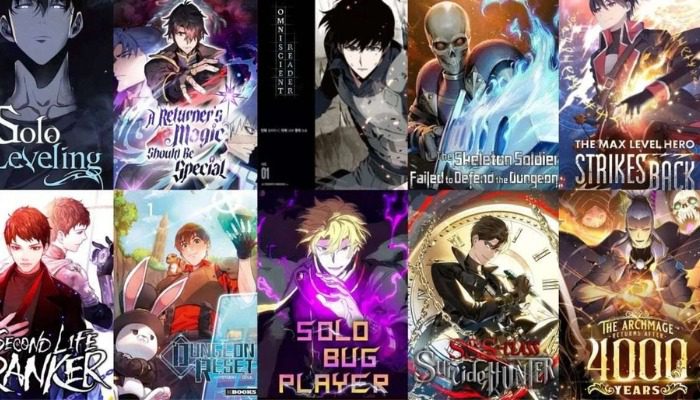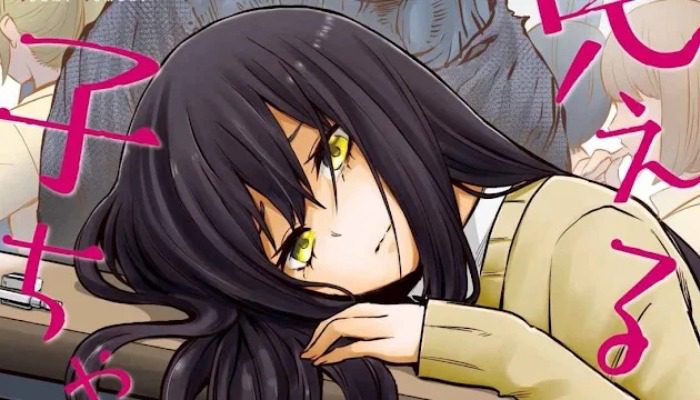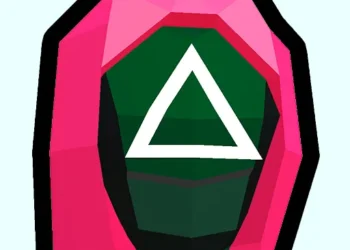The world of manga has long been celebrated for its ability to explore diverse genres, emotions, and experiences. With the rise of platforms to read manga online, LGBTQ+ romances are now more accessible than ever, allowing for a more widespread and global readership.

The Rise of LGBTQ+ Representation in Manga
Historically, LGBTQ+ themes in manga have existed in specific subgenres. Yaoi (boys’ love) and Yuri (girls’ love) have been popular within niche communities for decades.
However, these genres often lacked nuanced depictions of LGBTQ+ identities and relationships. Instead, they were frequently fetishized, focusing more on fan service than on authentic romantic and emotional connections.
As societal attitudes toward the LGBTQ+ community have shifted, so too has the manga industry’s portrayal of queer love. Romance manga today increasingly showcases LGBTQ+ characters with depth, addressing their struggles, triumphs, and relationships with respect and authenticity.
This shift marks a critical moment for representation in manga, as these stories no longer exist solely within niche genres but are becoming more mainstream and widely accepted.
Why LGBTQ+ Representation in Romance Manga Matters
LGBTQ+ representation in any medium matters because it offers visibility, normalizes different identities, and fosters empathy among readers.
In romance manga, where relationships and emotional connections are at the core, seeing a variety of love stories helps readers, particularly those from the LGBTQ+ community, feel seen and validated. This type of representation can also challenge harmful stereotypes, presenting a broader spectrum of experiences and fostering a sense of community.
For younger audiences, especially those still grappling with their identity, seeing LGBTQ+ characters in relatable situations can be a source of comfort. It tells them that their experiences are valid, and that love, in all its forms, is worth celebrating.
This shift not only benefits readers from the LGBTQ+ community but also educates and sensitizes cisgender and heterosexual readers to experiences that may be different from their own.
Popular LGBTQ+ Romance Manga Titles
A growing number of manga titles now prominently feature LGBTQ+ characters and relationships. Below are some of the most celebrated examples that have contributed to the rise of LGBTQ+ representation in the romance manga genre:
Bloom Into You (Yagate Kimi ni Naru)
This yuri manga by Nio Nakatani has become a beloved staple for its heartfelt and introspective look at a developing same-sex romance. The story follows Yuu, a high school girl who has always dreamed of experiencing the passionate love she reads about in books, but has never felt it herself.
That changes when she meets Touko, an older student who confesses her feelings for Yuu. Bloom Into You explores themes of self-discovery, identity, and what it means to truly fall in love, transcending the typical boundaries of yuri manga.
Our Dreams at Dusk (Shimanami Tasogare)
Authored by Yuhki Kamatani, Our Dreams at Dusk is a deeply moving manga that offers a complex portrayal of LGBTQ+ experiences in Japan. The protagonist, Tasuku, is a high school student struggling with his sexuality.
After a near-tragic event, he finds solace in a mysterious “drop-in” center where other LGBTQ+ individuals gather to share their stories. This manga weaves together elements of romance, friendship, and community while addressing the broader societal challenges faced by LGBTQ+ individuals.
My Brother’s Husband (Otouto no Otto)
Although not strictly a romance manga, My Brother’s Husband by Gengoroh Tagame deserves mention for its profound impact on LGBTQ+ representation in manga. The story centers on Yaichi, a single father in Japan, whose life is turned upside down when his late brother’s Canadian husband, Mike, visits.
Through Mike’s visit, Yaichi confronts his own prejudices and learns more about LGBTQ+ issues, including same-sex relationships. While the romance is secondary, the manga beautifully portrays a same-sex relationship from an outsider’s perspective, offering readers a deeper understanding of LGBTQ+ themes.
I Hear the Sunspot (Hidamari ga Kikoeru)
This romance manga by Yuki Fumino offers a gentle and heartwarming story of two university students who develop a close bond. One of them, Kohei, is partially deaf and struggles with communication, while the other, Taichi, is an extroverted and caring individual.
As their friendship deepens, they both begin to question whether their feelings for each other go beyond friendship. I Hear the Sunspot is a tender exploration of love, disability, and acceptance, and its LGBTQ+ themes are handled with sensitivity and care.
LGBTQ+ Representation in Manga: Breaking Stereotypes
One of the most significant aspects of LGBTQ+ representation in romance manga today is its ability to break away from stereotypes. Early depictions of queer relationships often leaned heavily on tropes that didn’t necessarily reflect reality.
Yaoi, for instance, frequently portrayed exaggerated, often problematic dynamics between characters, while yuri manga tended to focus on innocent, idealized relationships.
Modern romance manga with LGBTQ+ representation strives to break these conventions by focusing on realistic character development, respectful portrayals of LGBTQ+ identities, and narratives that reflect the complexities of love and relationships.
Rather than sensationalizing queer love, these stories offer layered depictions of emotional intimacy, struggles with societal acceptance, and the characters’ personal growth.

The Role of Online Platforms in the Rise of LGBTQ+ Romance Manga
The rise of digital platforms and the ability to read manga online have been instrumental in popularizing LGBTQ+ romance manga. In the past, accessing niche genres like boys’ love or yuri could be difficult outside Japan, often limited to fan translations or hard-to-find physical copies.
However, with online manga sites and official digital releases, readers from all over the world can now easily explore and enjoy these stories.
These platforms have also encouraged greater diversity in storytelling by allowing indie creators and lesser-known authors to publish their work without the constraints of traditional publishing. As a result, readers are exposed to a broader range of perspectives and voices, further enriching the LGBTQ+ representation in romance manga.
The Future of LGBTQ+ Representation in Romance Manga
As the popularity of LGBTQ+ romance manga continues to grow, it’s clear that this trend is not just a passing phase but a reflection of the manga industry’s shift towards inclusivity and diversity.
Publishers are increasingly recognizing the importance of representation, and as a result, we can expect even more nuanced, respectful, and diverse stories to emerge in the coming years.
Moreover, the growing acceptance of LGBTQ+ themes in Japan and around the world will likely encourage even more creators to explore these topics, contributing to a richer and more varied landscape for romance manga fans.
As the genre evolves, it will continue to be a powerful tool for representation, empathy, and connection, allowing readers to see themselves reflected in the stories they love.
In conclusion, LGBTQ+ representation in romance manga is a growing and vital trend that is reshaping the genre for the better. Whether you’re reading manga online or purchasing physical copies, there’s never been a better time to explore the heartfelt and inclusive love stories that are emerging from the world of manga.
With its ability to break stereotypes, provide visibility, and foster understanding, this genre is playing a crucial role in shaping the future of romance manga and beyond.
See also: Analyzing the Success of Top Manhwa and Manga on ZinManga
















